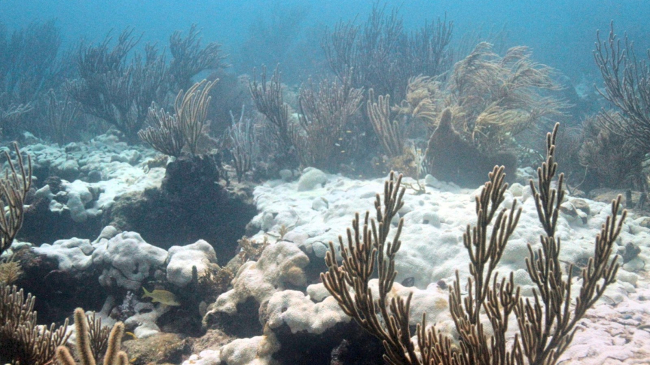An essential guide to tornadoes: Stay alert to stay alive
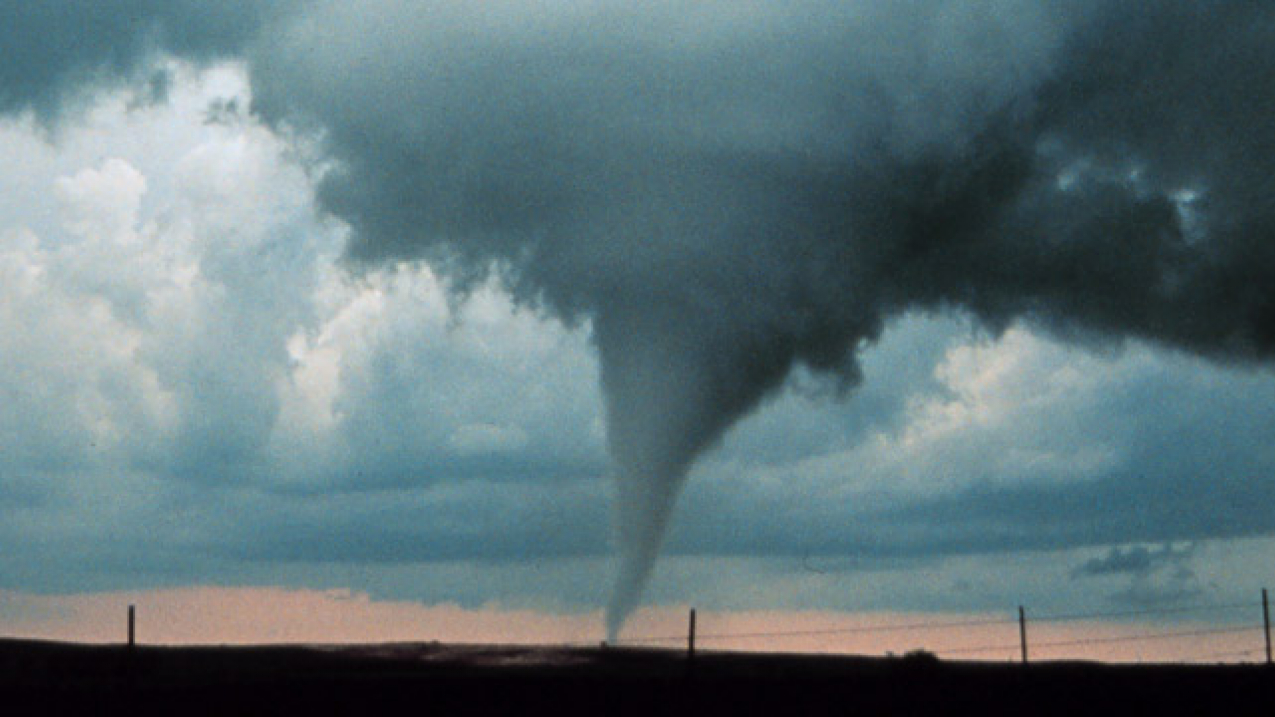
The new weather text alerts issued by NOAA's National Weather Service will include tornado warnings. Download here (Credit: NOAA) (Image credit: NOAA)
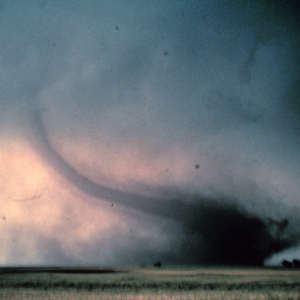
What is a tornado?
A tornado is a narrow, violently rotating column of air that extends from the base of a thunderstorm to the ground.
Where do tornadoes come from?
Tornadoes come from thunderstorms.
Where do tornadoes occur?
Tornadoes can occur whenever and wherever conditions are right! Tornadoes can occur in every state in the United States, on any day of the year, and at any hour. They also occur in many other parts of the world, including Australia, Europe, Africa, Asia, and South America.
Where is Tornado Alley?
Tornado Alley is a nickname for an area that has more tornadoes than other parts of the U.S. The area that has the most strong and violent tornadoes includes eastern South Dakota, Nebraska, Kansas, Oklahoma, northern Texas, and eastern Colorado.
How much advance warning can forecasters give us before a tornado strikes?
The current average lead-time for tornado warnings is 13 minutes. NOAA Research is working to increase tornado warning lead-times much further.
What is the difference between a tornado watch and a tornado warning?
A Tornado Watch means tornadoes are possible in your area. Remain alert for approaching storms. The NOAA Storm Prediction Center issues tornado and severe thunderstorm watches.
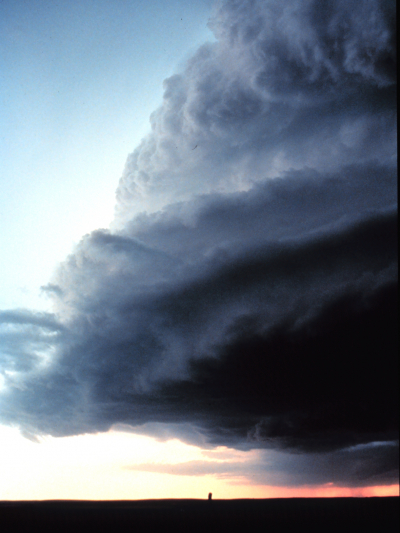
A Tornado Warning means a tornado has been sighted or indicated by weather radar — time to take cover! Your local National Weather Service office issues tornado and severe thunderstorm warnings.
How many people are killed by tornadoes each year?
Tornadoes kill about 60 people each year, mostly from flying or falling debris.
How many tornadoes hit the US each year?
About 1,200.
What is the EF-Scale?
The Enhanced Fujita Scale rates tornadoes by the damage they cause. Tornado categories are from EF0 to EF5. The EF-Scale takes into account variables such as building type, structures, and the sizes of trees.
Tornado Safety
What you need to know NOW!
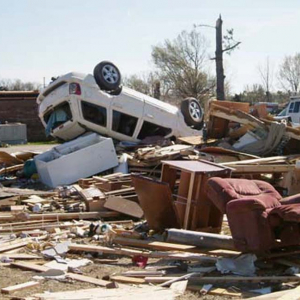
Listen to NOAA Weather Radio All Hazards or commercial radio/television for tornado warnings and instructions. If you hear a "Tornado Warning" seek safety immediately.
Indoors:
- Abandon mobile homes — they are not safe even when tied down. Go to a designated shelter
- Go to a basement or interior room on the lowest floor (bathroom or closet without windows, under stairs). Get under a sturdy piece of furniture.
- Cover yourself with a mattress or blanket
- Put bicycle helmets on kids
- Put on sturdy shoes
- Put infants in car seats (indoors!)
- If you have time, gather prescription medications, wallet and keys.
- DO NOT open your windows!
In a vehicle:
- Leave the vehicle for sturdy shelter or drive out of the tornado’s path
- DO NOT hide under overpasses — they provide no shelter
- Last resort actions - stay in your vehicle or abandon for a roadside ditch
Outdoors:
- Find a culvert or cave.
- Find something to hang onto.
- Lie flat in a ditch.
- Cover your head.
See our severe weather safety page for more information!
Tornado Research
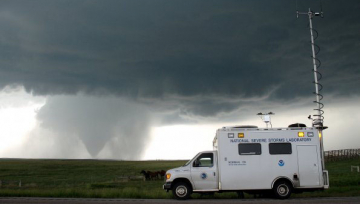
What is known?
The most destructive and deadly tornadoes occur from supercells — which are rotating thunderstorms with a well-defined radar circulation called a mesocyclone.
What don’t we know?
NOAA scientists at the National Severe Storms Laboratory are working to understand the origins of tornadoes in thunderstorms. This knowledge will help the NWS improve warnings for tornadoes and severe thunderstorms.
To learn more:
The Severe Weather Primer, FAQ’s and more;
The Storm Prediction Center's Tornado FAQ and
NWS Watch, Warning, Advisory Display



